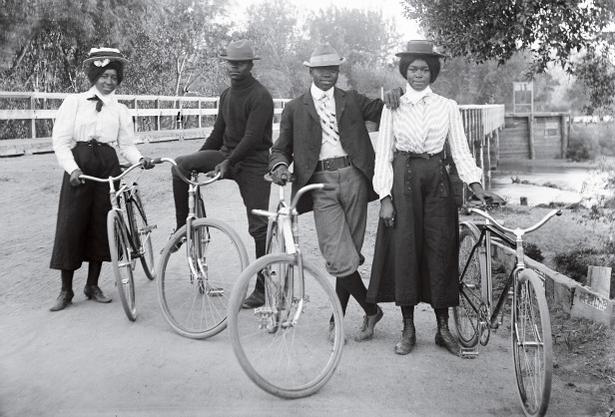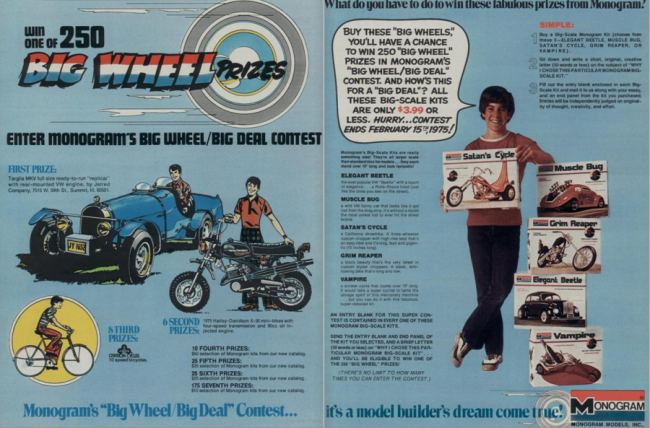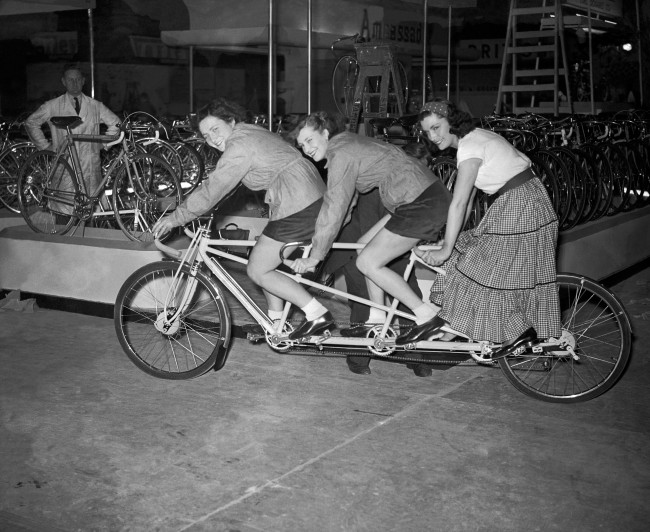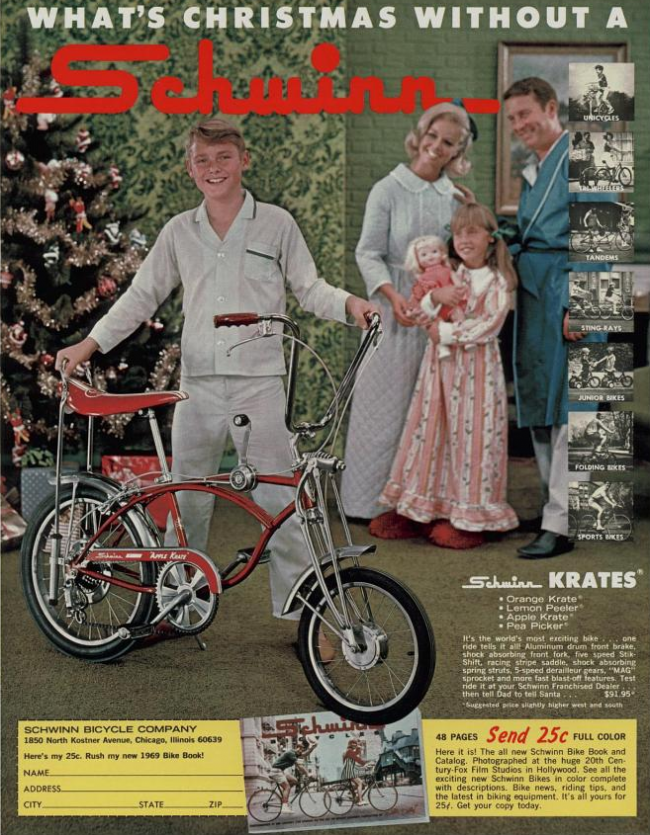Birmingham’s Racist Bike Lanes Will Emancipate Women

BIRMINGHAM’S bicycle lands are racist. The Birmingham Mail reports on the city’s Cycle City project, “which hopes to get motorists to ditch their cars, will be backed by £6.3 million from the council, as well as a £17 million Department for Transport grant.”
Good for the environment. Good for your health. Good for local business that can be visited by shoppers who can stop without fear of having their cars slapped with massive fines.
So. Time to heard from Coun Deirdre Alden (Con, Edgbaston):
“The vast majority of cyclists on our roads are young, white men… most elderly people are not going to cycle, and it would be dangerous for them to start on our streets now… women of any ethnic group who wish to wear modest clothing, and I count myself in that category, are not going to cycle. It is a discriminatory form of transport”.
It’s the devil’s work!

You can wear what you like to cycle, Deirdre.

A Claud Butler ‘Triplet’ bicycle.
Date: 13/11/1953
It’s not the 1970s.


It’s not the 1960s, either. Girls can ride bikes!

Here’s a passage from Women on Wheels: The Bicycle and the Women’s Movement of the 1890s (via):
“That bike riding might be sexually stimulating for women was also a real concern to many in the 1890s. It was thought that straddling a saddle combined with the motion required to propel a bicycle would lead to arousal. So-called “hygienic” saddles began to appear, saddles with little or no padding where a woman’s genitalia would ordinarily make contact with the seat. High stems and upright handlebars, as opposed to the more aggressively positioned “drop” handlebars, also were thought to reduce the risk of female sexual stimulation by reducing the angle at which a woman would be forced to ride.”
(The problem with men and bikes can be read here.)

The market-going housewife on a bicycle is helping Uncle Sam’s wartime economy in Melrose, Mass., on March 20, 1942. Mrs. Roland Zabel, wife of a lighting engineer, was one of the first in the town to start the women riding to the grocery store for the day’s supplies. She is shown on her bike with the dayÂs provisions packed in the basket. She is not only saving automobile tires and gasoline, but she is also saving on paper bags. (AP Photo/George H. Hill)
And then it’s worth looking at National Geographic‘s Wheels of Change: How Women Rode the Bicycle to Freedom (With a Few Flat Tires Along the Way), which includes the 19th Century warning (via):
“The bicycle is the devil’s advance agent morally and physically in thousands of instances.”
And:
“Let me tell you what I think of bicycling. I think it has done more to emancipate women than anything else in the world. I stand and rejoice every time I see a woman ride by on a wheel” – Susan B. Anthony, 1896

Great Britain’s Victoria Pendleton wearing her World Champions Jersey sets the fastest time in the Women’s Sprint during the UCI Track World Cup at Manchester Velodrome, Manchester.
Picture date: Friday October 31, 20008.
Ride on! If you can…
Posted: 13th, September 2014 | In: Reviews Comment (1) | TrackBack | Permalink


